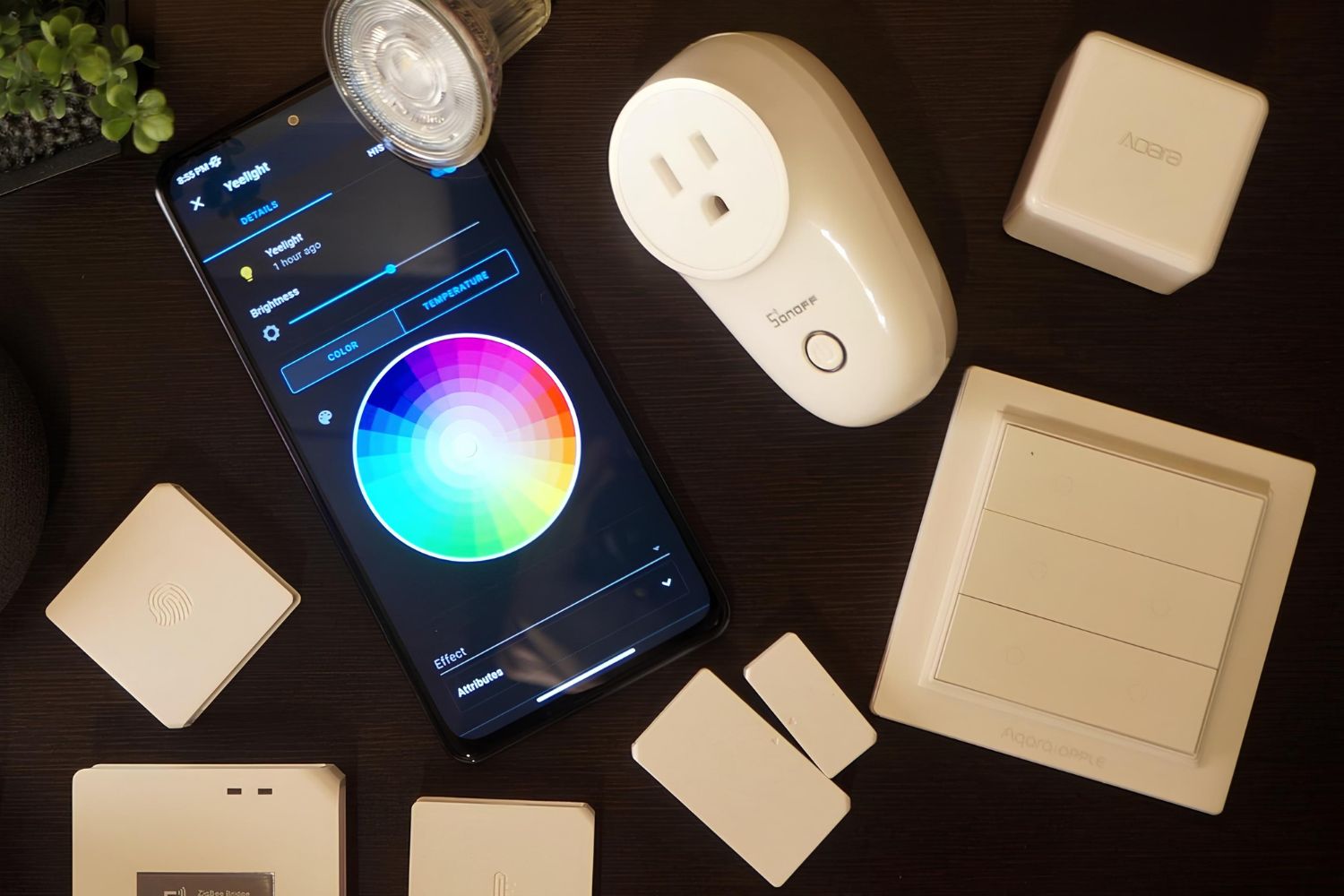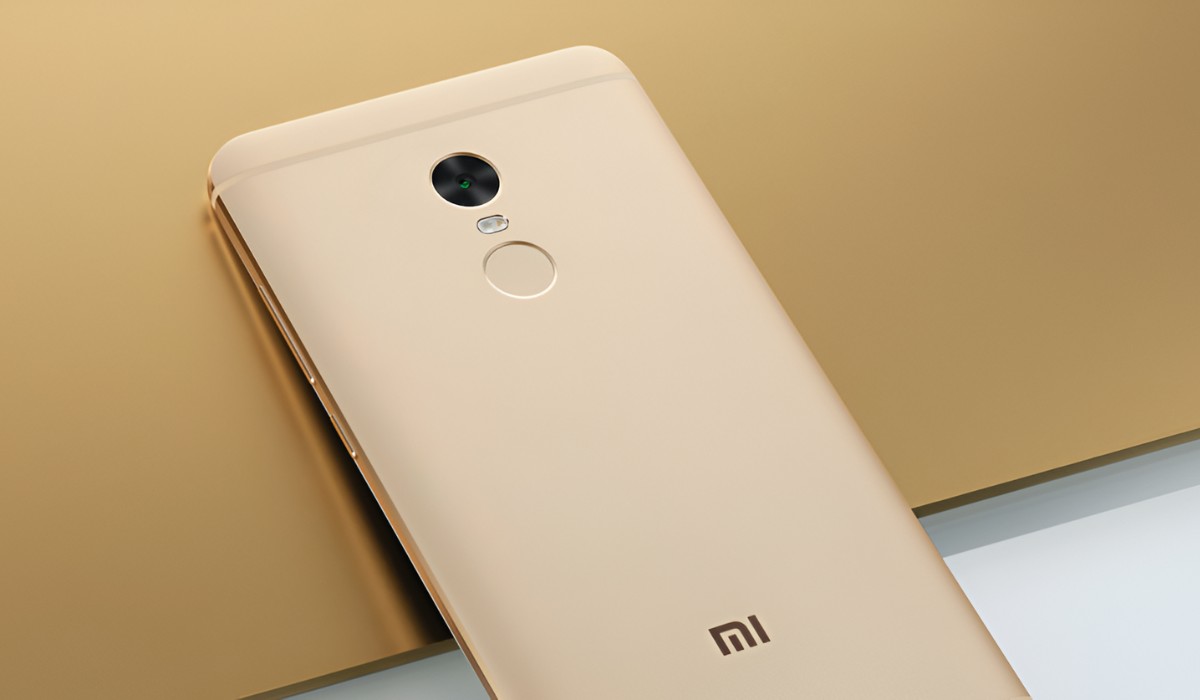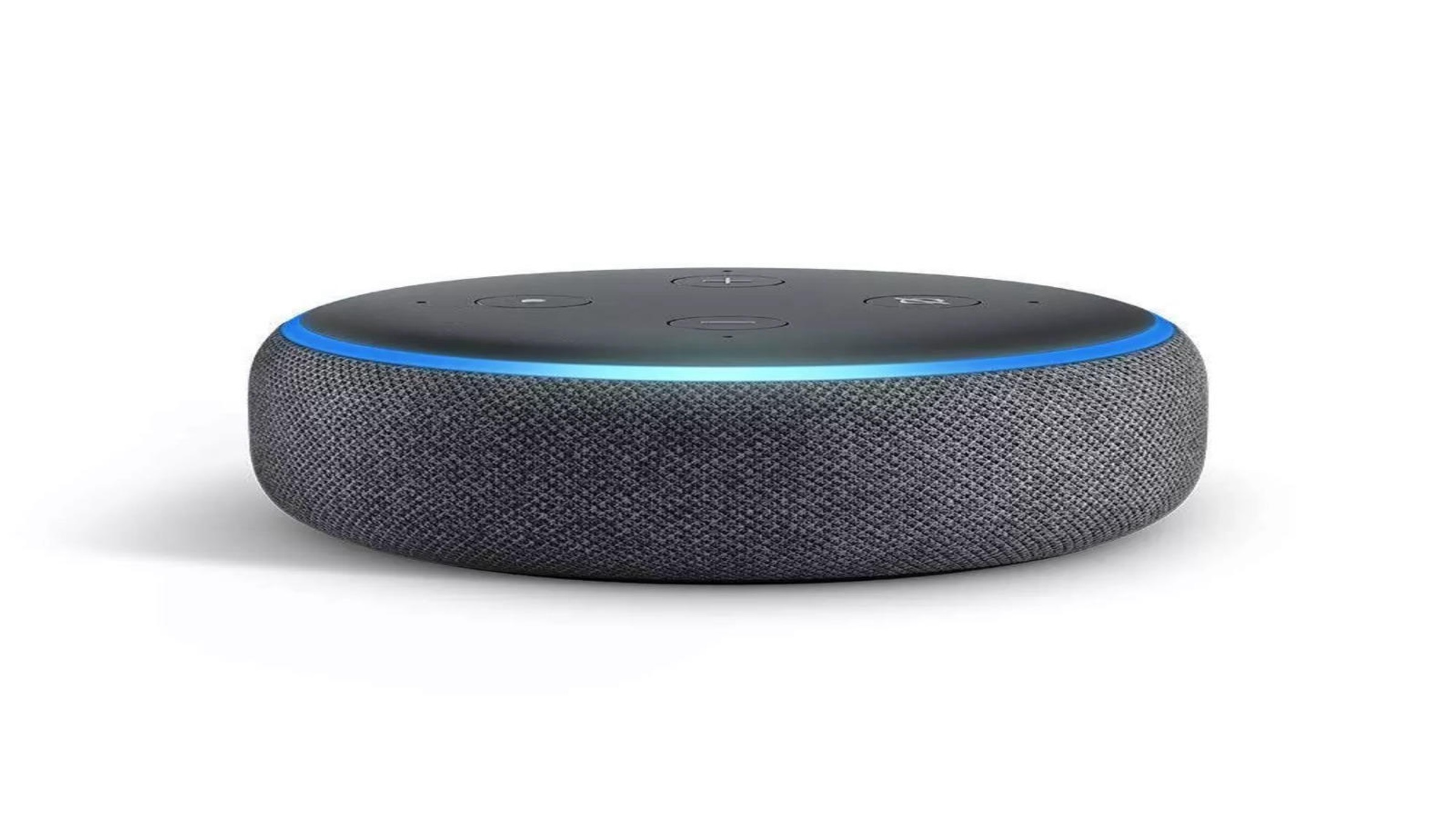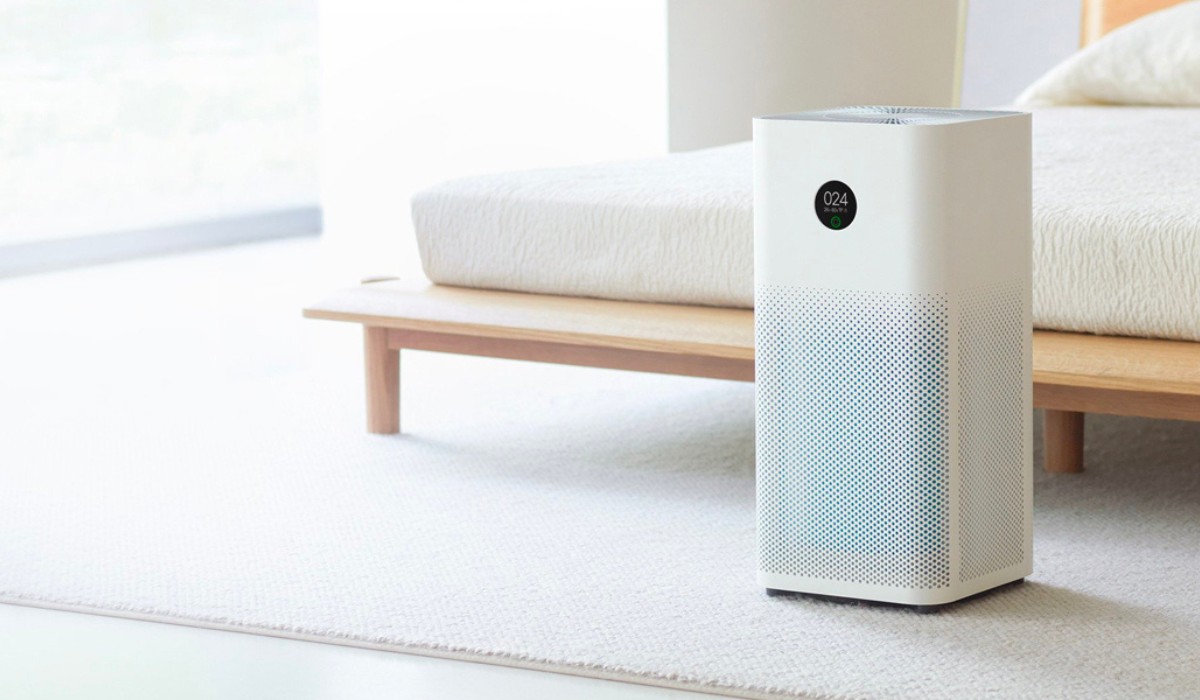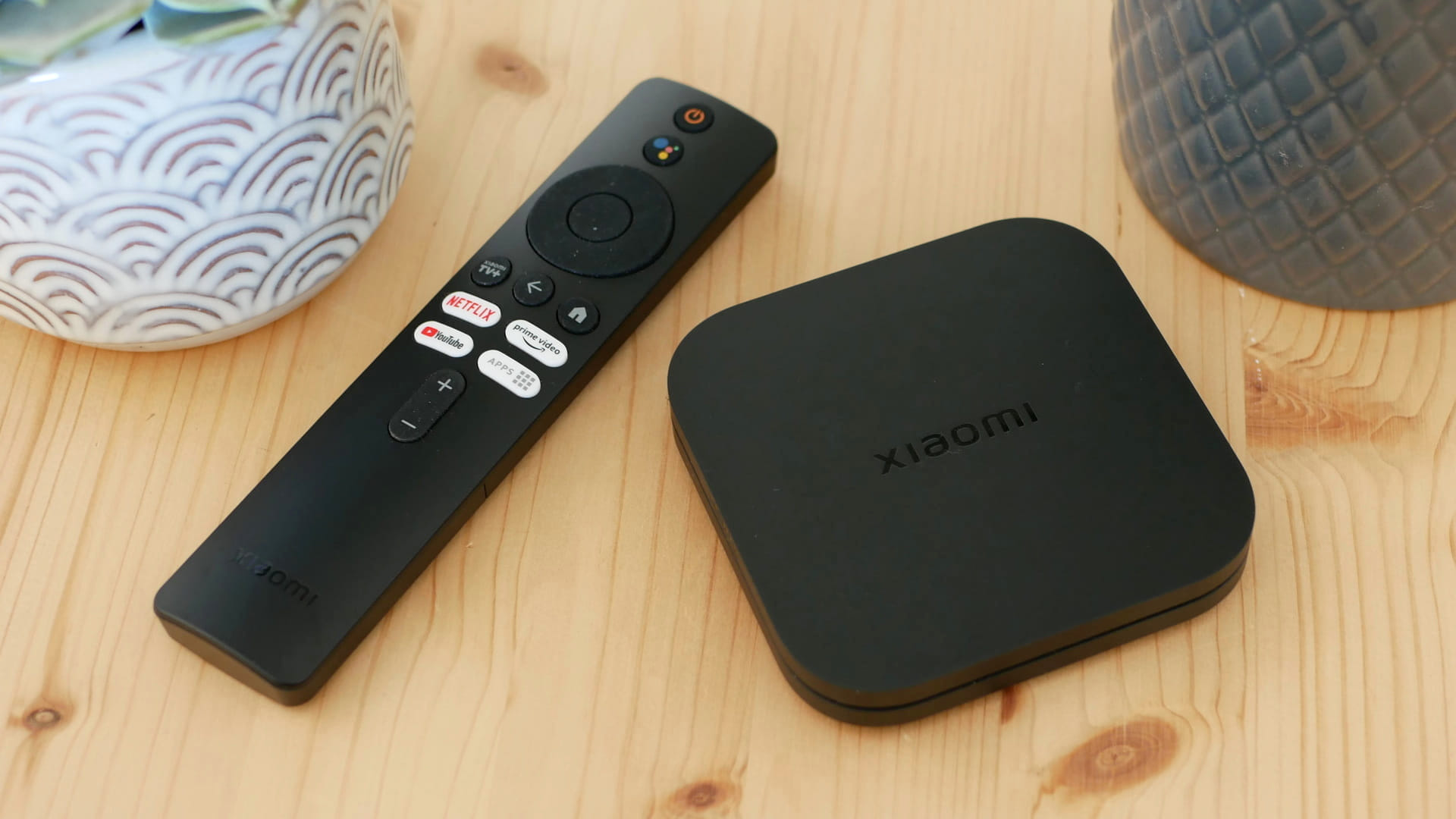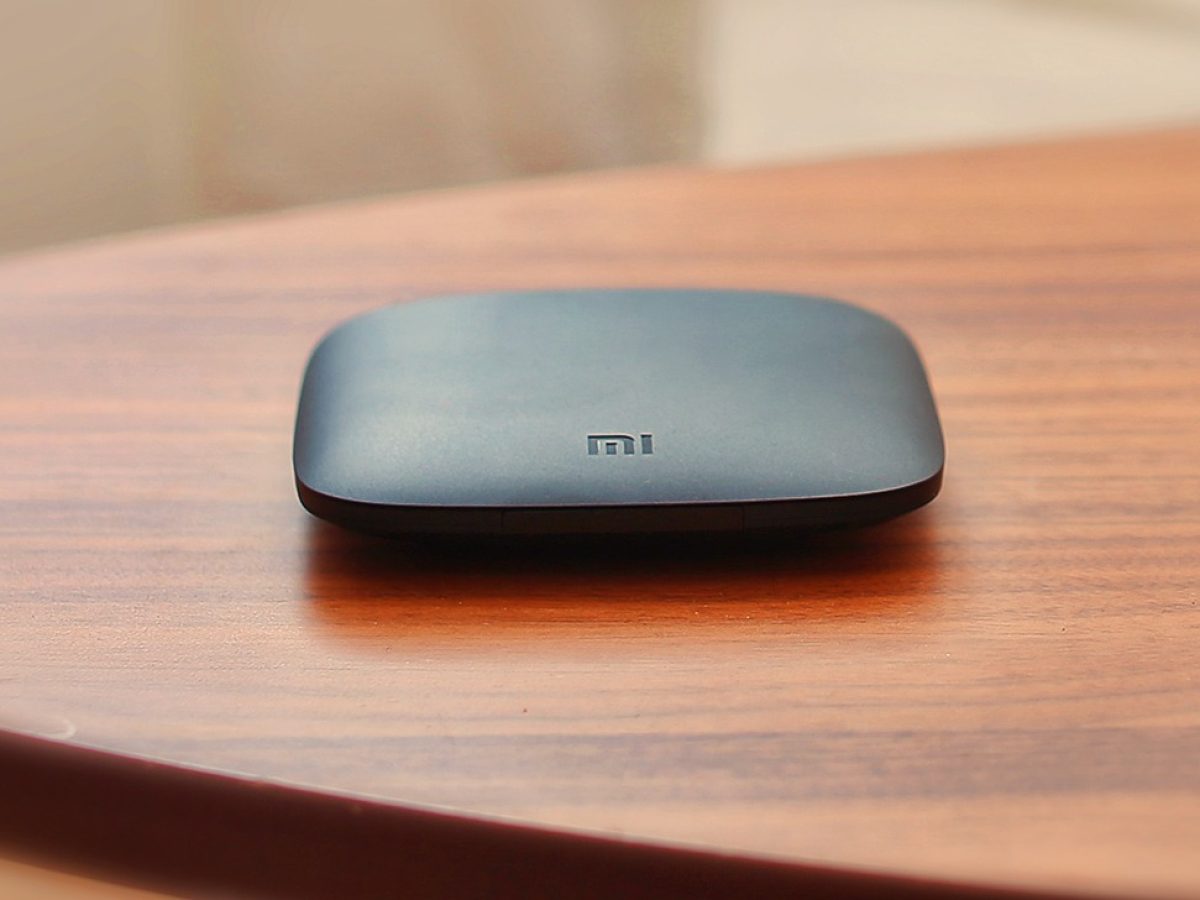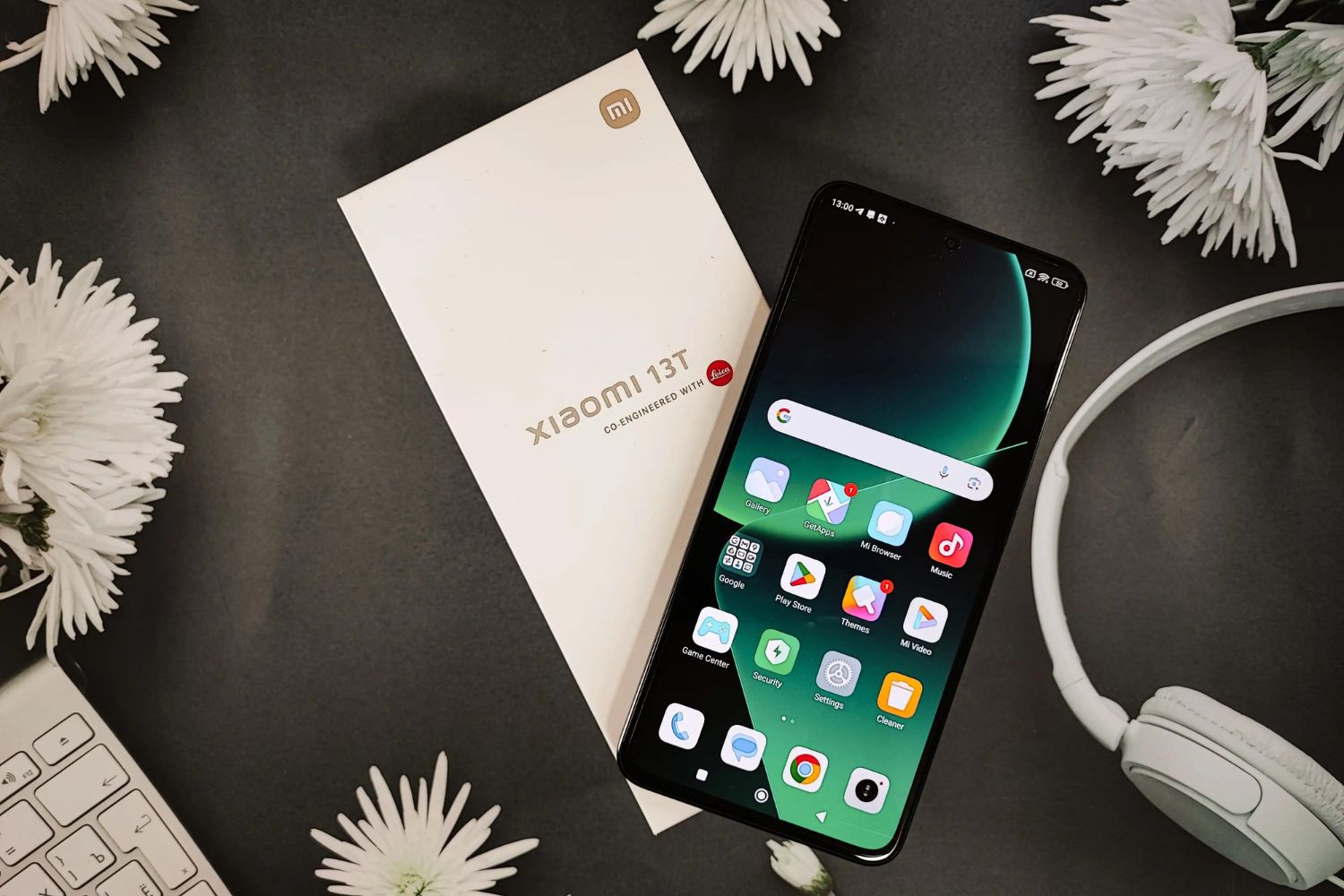Introduction
Adding apps to the home screen of your Xiaomi device can significantly enhance your user experience by providing quick access to your favorite applications. Whether it's a productivity tool, a social media platform, or a game, having these apps readily available on your home screen can streamline your daily interactions with your device. This user-friendly feature allows you to customize your home screen according to your preferences, making it easier to navigate through your apps and access them with just a tap.
In this guide, we will walk you through the simple and intuitive process of adding apps to the home screen on your Xiaomi device. By following these easy steps, you can personalize your home screen and optimize it to suit your unique needs and preferences. Whether you're a seasoned Xiaomi user or new to the platform, this guide will equip you with the knowledge and skills to effortlessly organize and customize your home screen with the apps you use most frequently.
With the increasing reliance on mobile applications for various tasks and entertainment, having a well-organized home screen can save you time and effort. By strategically placing your most-used apps on the home screen, you can streamline your daily routine and access essential tools with minimal effort. This not only enhances convenience but also reflects your personal style and preferences, creating a more personalized and enjoyable user experience.
Now, let's delve into the step-by-step process of adding apps to your Xiaomi device's home screen, empowering you to take full advantage of this user-friendly feature and tailor your device to suit your unique needs.
Step 1: Accessing the App Drawer
Accessing the app drawer on your Xiaomi device is the first step towards customizing your home screen with your favorite apps. The app drawer serves as a centralized hub where all your installed applications are neatly organized, allowing for easy access and management. To begin this process, you can follow these simple steps:
-
Unlock Your Device: Start by unlocking your Xiaomi device using your preferred method, such as a PIN, pattern, or fingerprint recognition. Once you have successfully unlocked your device, you will be directed to the home screen.
-
Locate the App Drawer Icon: On the home screen, look for the app drawer icon, which is typically represented by a grid of dots or a small icon with nine squares. This icon serves as the gateway to the app drawer, where you can access all your installed apps.
-
Tap the App Drawer Icon: Once you have located the app drawer icon, tap on it to open the app drawer interface. This action will transition your screen from the home screen to the app drawer, providing you with a comprehensive view of all your installed applications.
-
Explore the App Drawer: Upon entering the app drawer, take a moment to familiarize yourself with the layout and organization of the apps. Depending on your device model and software version, you may find the apps arranged alphabetically, categorically, or based on your personal customization.
-
Navigate Through the App Drawer: Use intuitive gestures or on-screen controls to navigate through the app drawer and locate the specific app that you wish to add to your home screen. You can scroll vertically or horizontally, depending on the layout of your app drawer, to find the desired app.
By following these steps, you can effortlessly access the app drawer on your Xiaomi device, setting the stage for the subsequent process of selecting and adding your preferred apps to the home screen. This initial step lays the foundation for customizing your device's home screen to align with your unique preferences and usage patterns.
Step 2: Selecting the App to Add
Once you have accessed the app drawer on your Xiaomi device, the next step involves selecting the specific app that you want to add to your home screen. This process allows you to handpick the applications that are most essential to you, ensuring that they are readily accessible from your home screen with just a simple tap. Here's a detailed walkthrough of how to select the app you wish to add:
-
Scan Through the App Icons: As you navigate through the app drawer, take a moment to scan through the various app icons displayed on the screen. These icons represent the diverse range of applications installed on your device, including social media platforms, productivity tools, entertainment apps, and more.
-
Identify Your Preferred App: With a keen eye, identify the specific app that you want to add to your home screen. Whether it's a frequently used messaging app, a productivity tool for work, or a favorite game, pinpoint the app that holds significance in your daily interactions with your device.
-
Consider Usage Frequency: Reflect on the frequency with which you use the app. If it's an app that you access multiple times throughout the day or one that holds paramount importance in your routine, it's a strong candidate for being added to your home screen for quick and convenient access.
-
Prioritize Personalization: Embrace the opportunity to personalize your home screen by selecting apps that resonate with your lifestyle and preferences. Your home screen serves as a reflection of your digital habits and interests, so choose apps that align with your individuality and usage patterns.
-
Factor in Accessibility: Evaluate the ease of access to the app from your home screen. By adding frequently used apps to the home screen, you can streamline your interactions with your device and minimize the time spent searching for specific applications within the app drawer.
-
Tap and Hold to Select: Once you have identified the app you wish to add, tap and hold its icon within the app drawer. This action triggers a selection mode, allowing you to interact with the app icon and initiate the process of adding it to your home screen.
By carefully selecting the app to add to your home screen, you can curate a personalized and efficient digital environment that aligns with your unique preferences and usage habits. This deliberate selection process empowers you to tailor your home screen to accommodate the apps that play a pivotal role in your daily routine, enhancing both convenience and personalization.
Step 3: Placing the App on the Home Screen
Placing the selected app on the home screen of your Xiaomi device is a straightforward process that allows you to create a customized layout tailored to your preferences. By strategically positioning the app on the home screen, you can optimize accessibility and streamline your interactions with the device. Here's a detailed guide on how to seamlessly place the app on your home screen:
-
Enter Home Screen Edit Mode: To initiate the process of placing the app on the home screen, navigate to your device's home screen. Once there, tap and hold on any empty space on the screen. This action triggers the home screen edit mode, allowing you to customize the layout and add new elements to the home screen.
-
Drag the App to the Home Screen: While in the home screen edit mode, locate the app that you selected in the previous step within the app drawer. Once you've found the app icon, tap and hold it to enter the selection mode. With your finger still pressed on the app icon, drag it from the app drawer and onto the home screen. As you move the app icon towards the home screen, you'll notice other icons and widgets making space for the new addition.
-
Position the App: As you hover the app icon over the home screen, you can position it in the desired location by moving it to the preferred screen and placement. The flexibility of Xiaomi's user interface allows you to position the app on any available space on the home screen, enabling you to create a layout that suits your organizational preferences.
-
Release to Place the App: Once you've positioned the app icon in the desired location on the home screen, simply release your finger to place the app. As you release the app icon, it seamlessly integrates into the home screen, becoming readily accessible for quick and convenient use.
-
Customize the App's Placement: Take advantage of the customizable nature of the home screen by arranging the app icons according to your usage patterns and visual preferences. You can create folders, group related apps together, or position frequently used apps within easy reach for enhanced efficiency.
By following these steps, you can effortlessly place the selected app on your Xiaomi device's home screen, contributing to a personalized and user-friendly interface that aligns with your digital habits and preferences. This intuitive process empowers you to curate a home screen layout that optimizes accessibility and reflects your individuality, enhancing your overall user experience.
Step 4: Organizing Apps on the Home Screen
Once you have added your preferred apps to the home screen of your Xiaomi device, the next step involves organizing them to create a cohesive and efficient layout. Organizing apps on the home screen allows you to optimize accessibility and streamline your interactions with the device, ensuring that essential apps are readily available and easy to locate. Here's a detailed guide on how to effectively organize apps on your home screen:
-
Grouping Similar Apps: Consider grouping similar apps together to create a logical and intuitive layout. For example, you can create a folder specifically for social media apps, another for productivity tools, and a separate one for entertainment applications. This grouping strategy reduces clutter on the home screen and allows for quick access to related apps.
-
Prioritizing Frequently Used Apps: Identify the apps that you use most frequently and position them prominently on the home screen. By prioritizing frequently used apps, you can minimize the time spent searching for them and streamline your daily interactions with your device.
-
Creating App Shortcuts: Take advantage of Xiaomi's user-friendly interface to create app shortcuts on the home screen. App shortcuts provide direct access to specific features or actions within an app, allowing you to streamline tasks and access essential functionalities with minimal effort.
-
Utilizing Widgets: Explore the option of adding widgets to the home screen to complement your app layout. Widgets offer at-a-glance information and quick access to app features, enhancing the overall functionality of your home screen. Whether it's a weather widget, a calendar widget, or a productivity widget, integrating these elements can enrich your user experience.
-
Customizing Layout and Design: Embrace the flexibility of Xiaomi's interface to customize the layout and design of your home screen. You can adjust the grid size, change icon styles, and experiment with different themes to create a visually appealing and personalized home screen.
-
Regular Review and Adjustment: As your app usage patterns evolve, periodically review and adjust the organization of apps on your home screen. This proactive approach ensures that your home screen remains aligned with your current needs and preferences, allowing for ongoing optimization.
By implementing these strategies, you can effectively organize the apps on your Xiaomi device's home screen, creating a user-friendly and personalized interface that enhances your overall digital experience. This intentional organization process empowers you to tailor your home screen to accommodate your unique app usage patterns and preferences, ultimately optimizing convenience and accessibility.
Conclusion
In conclusion, the process of adding apps to the home screen on your Xiaomi device is a user-friendly and customizable experience that empowers you to tailor your digital environment to suit your unique preferences and usage patterns. By following the step-by-step guide outlined in this article, you can seamlessly access the app drawer, select your preferred apps, place them on the home screen, and organize them to create a personalized and efficient layout.
The ability to curate your home screen with the apps you use most frequently not only enhances convenience but also reflects your individuality and digital habits. By strategically placing essential apps on the home screen, you can streamline your interactions with your device and optimize accessibility, ultimately saving time and effort in navigating through your applications.
Furthermore, the intuitive nature of Xiaomi's user interface allows for seamless customization, enabling you to create a visually appealing and functional home screen that aligns with your preferences. Whether it's grouping similar apps, prioritizing frequently used applications, or integrating widgets for added functionality, the customization options empower you to design a home screen that caters to your specific needs.
As technology continues to play an increasingly integral role in our daily lives, the ability to personalize and optimize our digital interfaces becomes paramount. The process of adding apps to the home screen on your Xiaomi device exemplifies the user-centric approach of modern mobile devices, placing control and customization directly in the hands of the user.
By embracing these user-friendly tips and leveraging the customization features of your Xiaomi device, you can create a home screen that not only serves as a gateway to your favorite apps but also reflects your digital identity and enhances your overall user experience. This personalized approach to organizing your digital environment contributes to a seamless and enjoyable interaction with your device, ultimately empowering you to make the most of your mobile experience.









